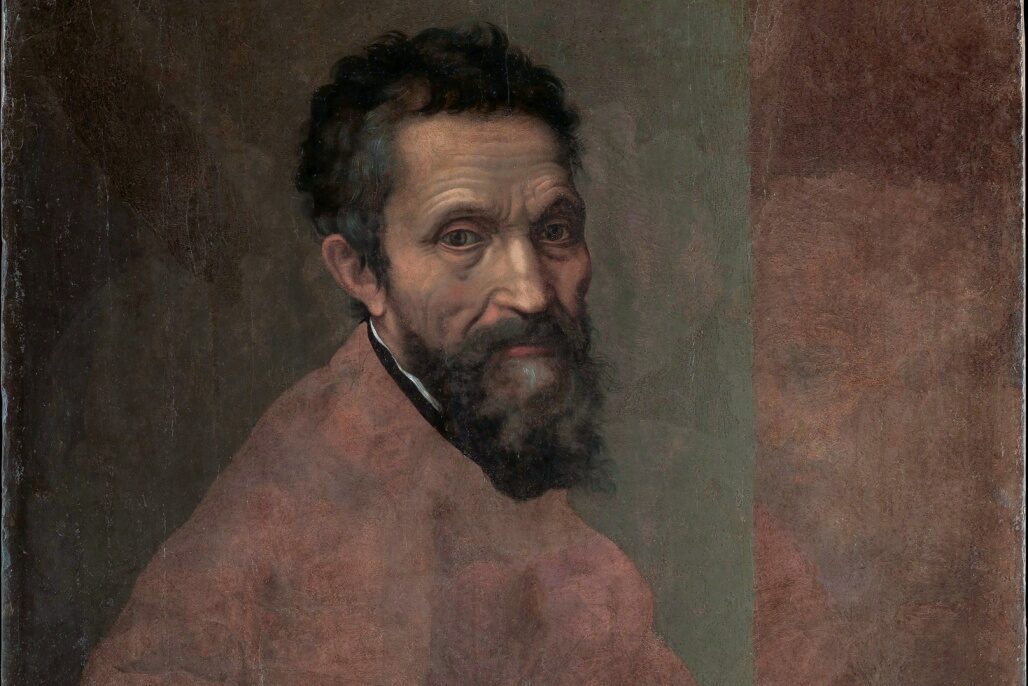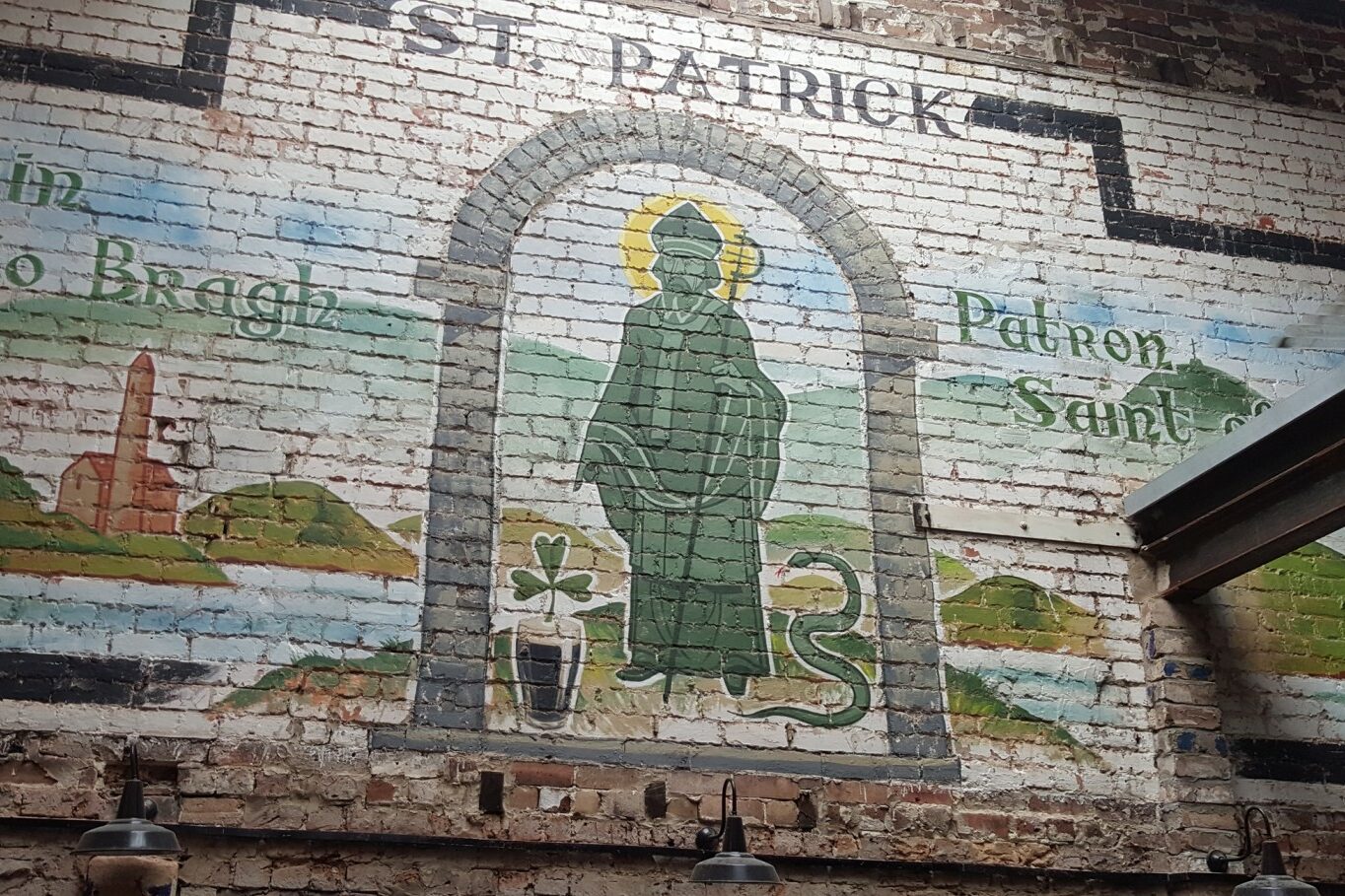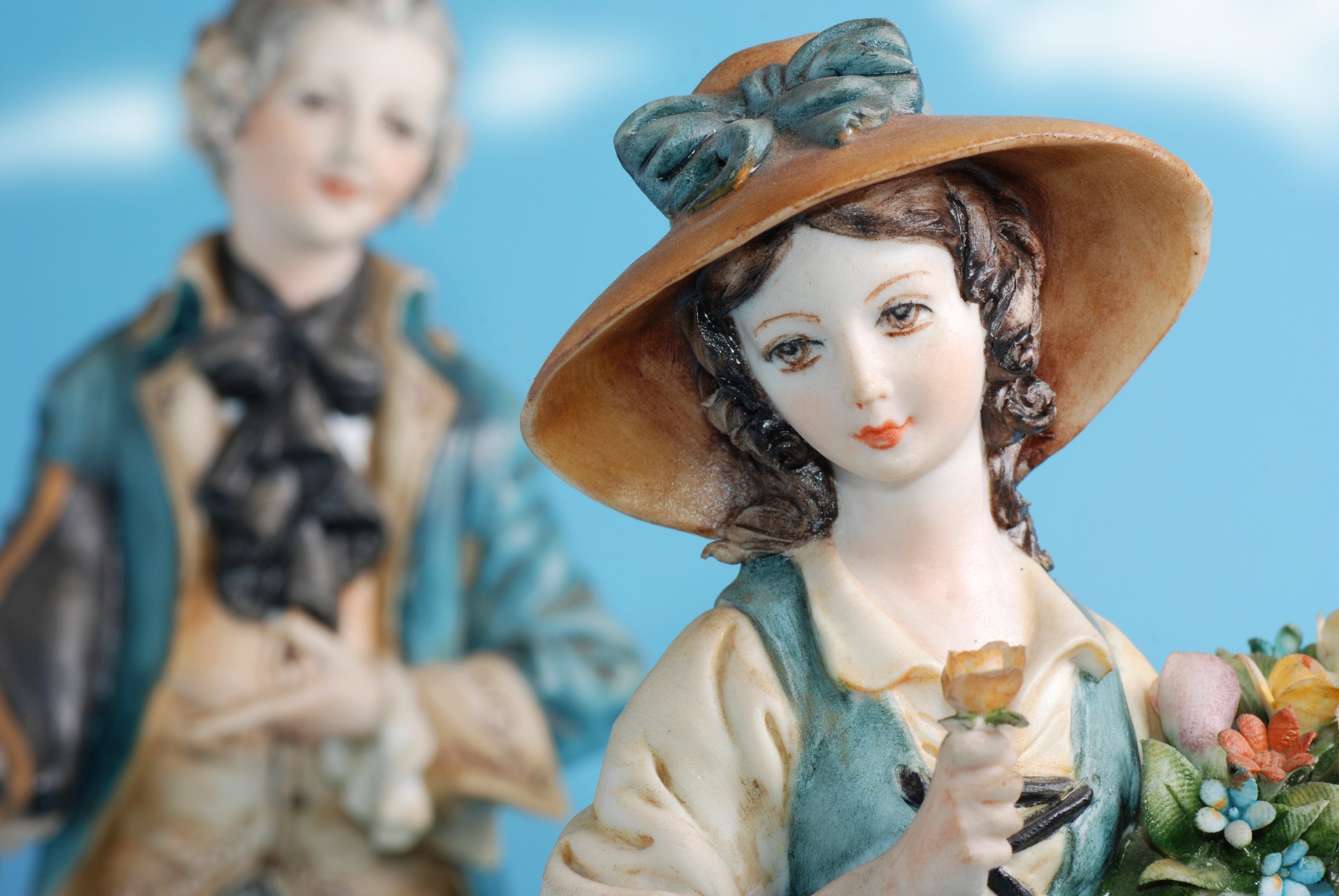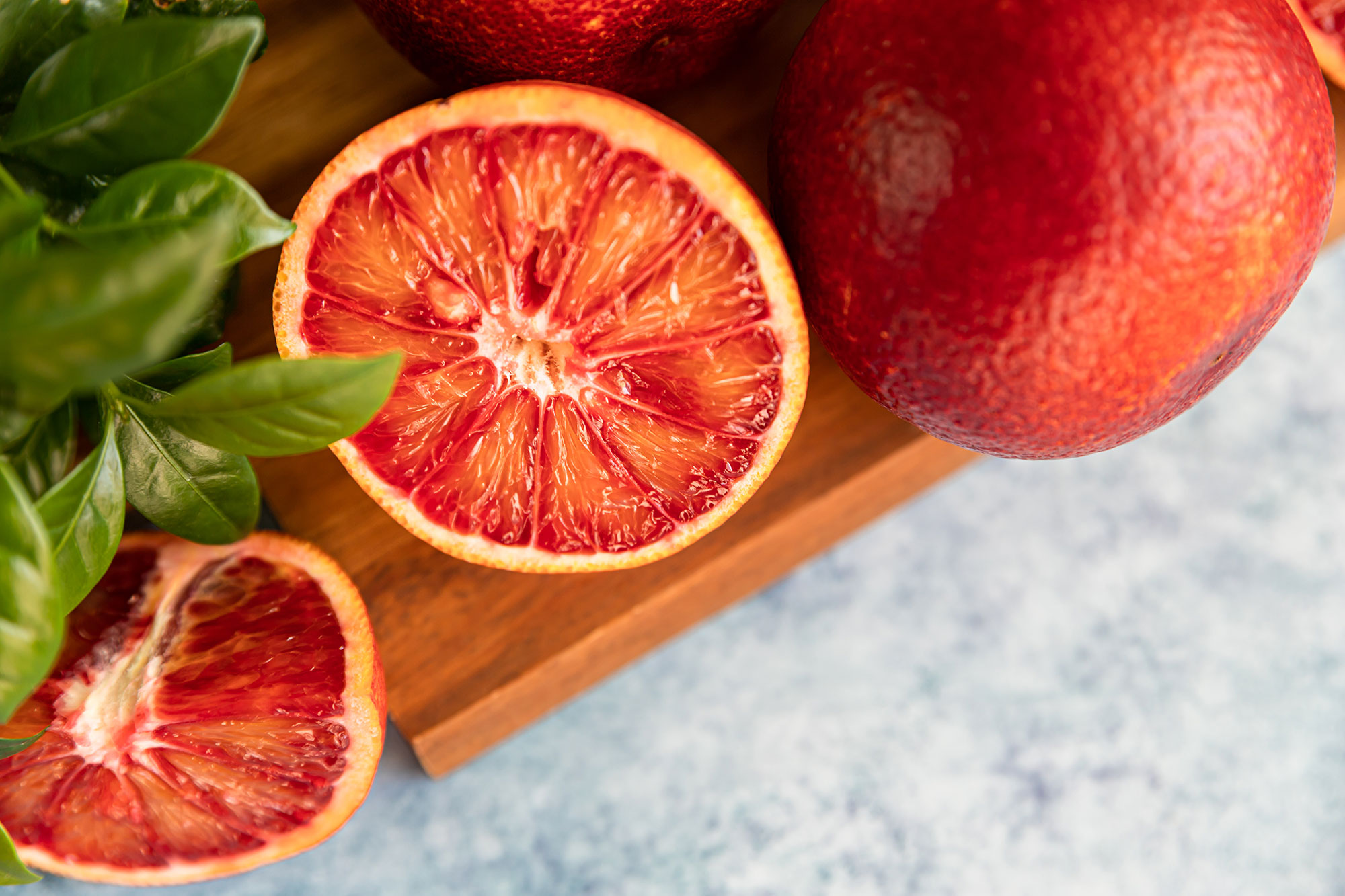Dear Readers,
November notes and thoughts on Thanksgiving Day, November 28, 2013.
From George Washington’s 1789 Thanksgiving Proclamation:
Whereas both Houses of Congress have, by their joint committee, requested me to recommend to the people of the United States a day of public thanksgiving and prayer, to be observed by acknowledging with grateful hearts the many favors of Almighty God, specially by affording them an opportunity peaceably to establish a form of government for their safety and happiness…
***
From Signor M.A.:
On Thanksgiving Day several years ago, our parish gave each person attending Mass a card with 5 kernels of corn. FIVE KERNELS OF CORN
When crops were abundant, the Pilgrims placed 5 kernels of corn beside their plates to remember the time when crops were small, when they had little food and only 5 kernels of corn a day to keep them from starving.
Place 5 kernels of corn on your Thanksgiving dinner table to remember to give thanks and praise to God for:
1. Families who love us
2. Homes that we live in
3. People who help us
4. Our country
5. Food that is on our table.
***
First Thanksgiving facts:
1620: The year the Pilgrims came to what is now the United States aboard a small cargo ship, the Mayflower. On Aug. 5, 1620, the Mayflower and Speedwell set sail from Southampton calling at Plymouth, England. Here the Speedwell was found to be unseaworthy and the entire co. proceeded in the Mayflower, which left Plymouth on September 6. On arrival in America the Pilgrim Fathers founded Plymouth, Mass. 102: The number of passengers known to have been aboard the Mayflower.
65: The number of days it took for the Mayflower to sail from England to America.
1621: The year Samoset, an Abnaki Indian from Maine, walked into the Pilgrim village shouting, “Welcome, Englishmen!” He had learned broken English from previous contact with fishermen and traders.
Through Samoset the Pilgrims met Squanto, who taught them to use fish as fertilizer when planting corn, pumpkins and beans and established friendly relations with the local Wampanoag tribe. 3: The number of days the first feast of Thanksgiving lasted in October 1621. Wampanoags and colonists shared venison, duck, turkey, clams, shellfish, corn pudding, pumpkin, dried berries and other local edibles.
9: The number of women and teenage girls who prepared that three-day Thanksgiving feast for 140 hungry people.
***
November is also the month we celebrate Thanksgiving and pause to give thanks for our Blessings, some conferred upon us in the cradle, when in the lottery of life, we hit the genetic jackpot with a no hobby mothers (just her children) and “tutto per la famiglia” fathers, like my parents, Caterina and Vincenzo.
The true heroes and role models for Italian-Americans were not only the world-known masters of the Renaissance, but also the countless immigrants who came to a strange land enduring hardships and willingly sacrificing so their children could have a bright future in America. Those whom, outside the family, the world might describe as “The Common Man”, Silvio Della Grotta, in his book of original poetry “Circle of Memories: Alpha and Omega” wrote a poem, “The Common Man”, as a reminder of the hard work and sacrifices made by his immigrant father and others like him who came to this country seeking a better life. Many years have passed since that fateful day of his arrival as an illiterate (in English) and without sponsorship or a job. These immigrants to whom I was exposed as a child succeeded in becoming true Americans, even though their fondness for the Old Country never wavered.
***
Rosetta Costantino, cookbook author and cooking instructor (www.cookingwithrosetta.com) recently presented her new book Southern Italian Desserts at the Museo Italo Americano in San Francisco and I was there. Her book signing and presentation was followed by a sampling of regional desserts and wines. All the desserts were prepared by Rosetta using recipes from her book, i.e. from Sicilia, Cannoli, Campania, La Deliziosa (sandwich cookies filled with hazelnut crème), Calabria, Ciambella all’Arancia (orange scented olive oil cake), Basilicata, Dolci di Noci (walnut cookies) and Puglia, Biscotti di Cheglie (almond cookies with cherry preserves). I have purchased many Regional Cookbooks in the past but Southern Italian Desserts by Rosetta Costantino will delight anyone on your gift list with a sweet tooth or “roots” in Southern Italy because you can “visit” the sweet spots of not just one “regione” but five (i.e. Calabria, Campania, Basilicata, Puglia and Sicily).
***
And, for Readers like me, who don’t do much dessert making or baking anymore, this book will either rekindle the flame or youthful memories of your own “dolce vita” days visiting Southern Italy or attending weddings, baptisms and special occasions with your parents and friends. Author Rosetta Costantino was born and raised in Verbicaro, Calabria and moved to Oakland, California, with her parents at the age of fourteen. She earned a chemical engineering degree at the University of California, Berkeley, and spent twenty years working in Silicon Valley.
Now, often assisted by her mother, Maria, she shares the techniques and tastes of the traditional Calabrian kitchen in her popular cooking classes. She is also the author (with Janet Fletcher) of My Calabria: Rustic Family Cooking from Italy’s Undiscovered South. Rosetta lives in Oakland, California with her husband Lino and two children, Adrian and Danielle.
This book is more than just recipes, it is full of beautiful photographs and regional historical background information. The author visited and collected seventy-five favorite recipes from the regions of Calabria, Campania, Basilicata, Puglia and Sicily. These picturesque areas have a rich history of beautiful desserts, many of them tied to holidays and festivals. For example, Zeppole di San Giuseppe are doughnut-like pastries topped with cream and cherries, traditionally made in Campania for the celebration of Father’s Day. And the Sicilian chilled watermelon pudding Gelo di Mellone is a refreshing dish served in summer for the festival of Palermo’s patron saint, Rosalia.
Other desserts such as persimmon gelato, chocolate-dipped figs stuffed with almonds and candied orange peel, and chocolate-hazelnut cake rolls celebrate Southern Italy’s local bounty and traditional foods. With recipes for more familiar Italian desserts such as cannoli and gelato, as well as deliciously obscure sweets such as rich cassatas, almond-flecked cookies and flaky cream-filled sfogliatelle pastries, Southern Italian Desserts features a treat for every occasion.
In addition to explaining the regional history, symbolism, and lore behind the desserts, Costantino teaches you how to stock your dessert pantry and provides all of the foundational recipes you need to embark on a sweet tour of the Italian south from your kitchen. This delightful confection of a cookbook will expand your dessert repertoire and make you feel you are vicariously visiting Southern Italy. Buon Appetito!
***
To order Southern Italian Desserts ($29.99) call the Museo Italo Americano Gift Shop (415) 673-2200, visit a Books Inc. location near you, or call their 2251 Chestnut Street Store in San Francisco, California 94123 at (415) 931-3633 and they will be happy to mail you a copy. It is also available at Amazon.com.
***































